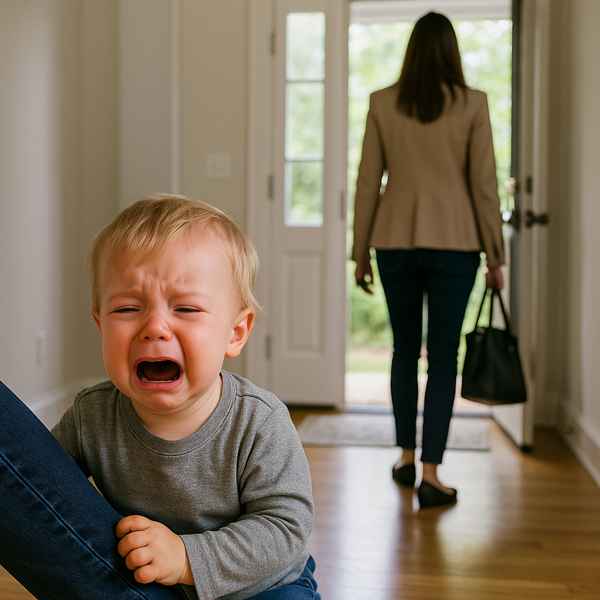
It is most often associated with toddlers, but adults can experience it too.
With the right strategies, separation anxiety can be managed with care and patience.
The Basics of Separation Anxiety
It often appears in childhood but can also occur in adults due to relationship stress.
Symptoms you might notice:
- Outbursts when left alone
- Reluctance to leave home
- Stomachaches when thinking about separation
Causes of Separation Anxiety
The causes can be emotional.
Common causes include:
- Moving to a new place
- Divorce or separation in the family
- Overprotective parenting
- Mental health disorders
Spotting the Signs
Early detection of separation anxiety can help in addressing it quickly.
Look out for these red flags:
- Fearful reactions to separation
- Worrying excessively about loved ones’ safety
- Nightmares about separation
Helping Kids Cope with Separation
Supporting children through separation anxiety requires clear communication and structure.
Strategies to help include:
- Create a goodbye ritual
- Gradually increase time apart
- Let them play solo at home
- Always inform them before leaving
Managing Anxiety in Grown-Ups
Adults can also face separation anxiety, especially in stressful life changes or trauma.
Helpful actions to take:
- Talking to a mental health professional
- Using relaxation techniques
- Building a support network
- Identifying negative thought patterns
When to Seek Professional Help
Professional guidance can provide coping mechanisms.
When intervention is needed:
- Constant worry about loved ones
- Ongoing panic attacks
- Inability to function independently
Support and Hope
Separation anxiety can be intense but temporary.
Whether it’s a child learning to go to school here or an adult adjusting to change, the journey takes tools and encouragement.